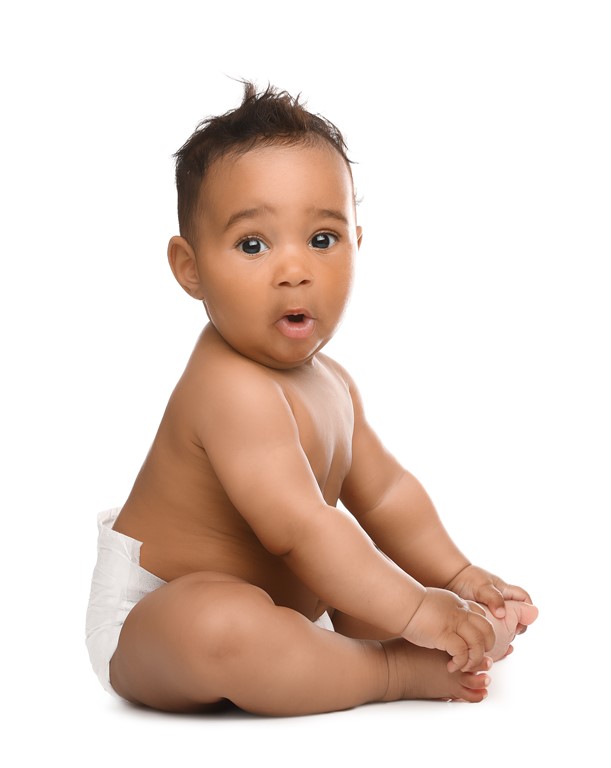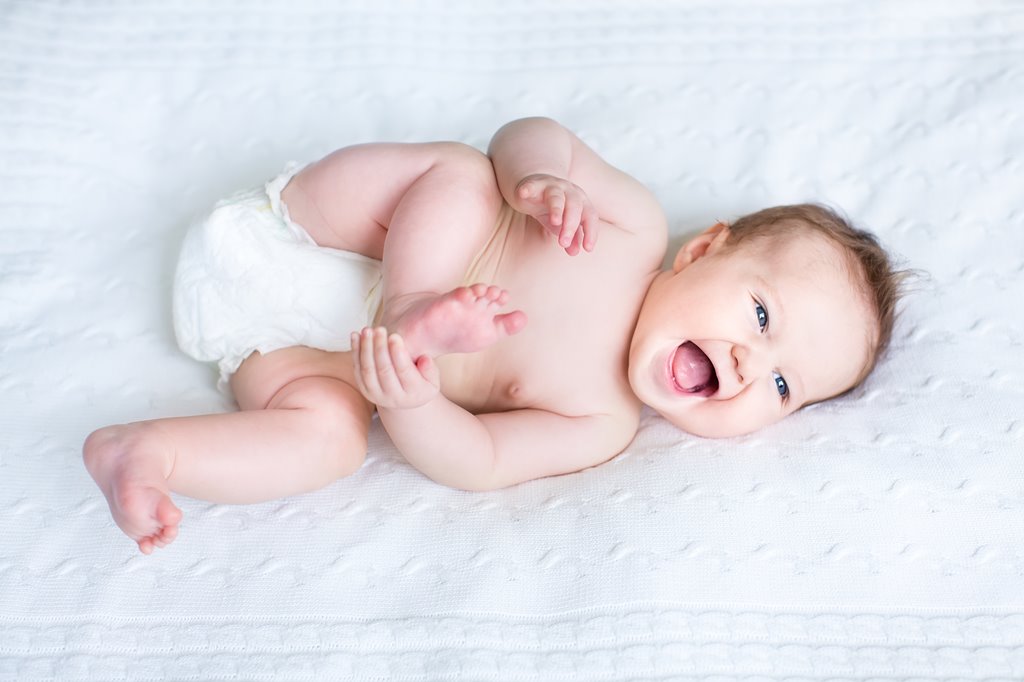Yeast Rash Vs. Diaper Rash: How to Tell the Difference
Your little one’s bottom is covered in a red rash with a slightly raised border. Is it a diaper rash or is it a yeast rash? It’s not always easy to tell the difference, but you’ll need to know in order to treat it effectively.
What is Diaper Rash?
Diaper rash refers to rashes occurring as a result of wearing a diaper. This most often occurs between the ages of 9-12 months and can be the result of several circumstances:
- sensitive skin
- diaper not being changed often enough
- diaper area not being fully cleaned or dried after changing
- chafing
- yeast
What is a Yeast Rash?
The strain of fungus that’s responsible for a yeast diaper rash is called Candida. It is a generally harmless fungus found on and inside our body, in the mouth, throat, gut, and vaginal area. However, Candida thrives and can grow uncontrollably in warm, moist places, such as under a wet or soiled diaper, or in other skin folds around the armpit, neck, or mouth. Overgrown yeast can result from frequent bowel movements, acids in the stool, too-tight diapers, hot and humid conditions, and reactions to soaps or products used to clean cloth diapers. Also, babies on antibiotics, or whose mothers are taking antibiotics while breastfeeding, can develop a yeast diaper rash. Babies may also develop oral thrush and can pass this yeast infection to their mother’s breast.

How to Treat a Diaper Rash
Over-the-Counter Treatments
If your baby is a newborn less than 6 weeks old, it’s best to bring him or her in for an appointment with Dr. Leung so she can confirm the type of rash and make recommendations accordingly. Most diaper rashes in babies are irritative in nature and will improve with over-the-counter diaper creams. Creams containing zinc oxide tend to work well. It is also helpful to allow the diaper area to air out from time to time.
What to do if the Rash Isn’t Healing
If the rash does not clear or improve after a few days of over-the-counter treatments, contact our office for an appointment. Rashes that aren’t healing, are worsening, or spreading to the abdomen, back, arms, or face will require Dr. Leung’s attention.
Sometimes, common diaper rashes can turn into yeast or bacterial infections. These usually present as worsening and spreading red bumps. If the rash is weepy, has open sores, pimples, or blisters, you should bring your baby in for an appointment. This could indicate a bacterial infection that Dr. Leung will need to treat.
Oral Treatments
Candida albicans resides primarily in the body. Occasionally Dr. Leung will recommend oral antifungal medications to be used in addition to anti-fungal medicated creams. Fluconazole is an oral medication that inhibits the growth of yeast. Children between the ages of 6 months and 13 years old may take it once daily for two weeks, but our office should be notified in the event of side effects such as nausea, vomiting, or if your baby seems to be experiencing any stomach pain.
Preventing Yeast Rash
Yeast diaper rashes are very common and can develop in spite of diligent care. However, the following can help reduce the chance your baby will develop a yeast rash.
Frequent Changes
Prolonged contact with urine and feces can make your baby more vulnerable to a yeast rash. Changing your baby’s diapers often, especially when wet, can help prevent yeast overgrowth in your baby’s diaper area.
Diaper-Free Time
Regular diaper-free time lets your baby’s skin get a break from constant moisture and reduces the opportunity for yeast to grow.
Clean Baby Gently and Well
It is important that you properly clean your baby’s diaper area during each diaper change. For baby girls, it is recommended to wipe from front to back to prevent yeast infections. For baby boys, use a diaper or cloth to cover the penis and carefully clean the creases and folds in the genitals. Avoid using scented baby soaps and lotions, as they can irritate your baby’s skin. Using a barrier cream or diaper rash cream with zinc oxide or petroleum jelly to the diaper area can help protect your baby’s skin from moisture.
 Other Yeast Rash Prevention Tips
Other Yeast Rash Prevention Tips
- Wash your hands before and after changing a diaper.
- Avoid scented baby wipes or wipes that are moistened with alcohol.
- If using cloth diapers, use breathable diaper covers instead of plastic or rubber pants over cloth diapers. Be sure cloth diapers are washed and rinsed thoroughly.
- Avoid using fabric softeners or dryer sheets.
- Pat the diaper area dry or allow to air dry before putting on a new diaper.
- Tight diapers can cause contact dermatitis. Fasten your baby’s diaper loosely.
If you or your baby are taking antibiotics, be extra diligent with these prevention measures.
Can a Yeast Infection Ever Be Dangerous?
Most yeast diaper rashes pose no danger to your baby. However, babies who are immunocompromised are at risk because yeast can proliferate and become a systemic problem. Severe yeast infections and/or diaper rash may lead to skin breaks, making the infant more vulnerable to other infectious organisms.
At Entirely Kids Pediatrics, we are dedicated to providing comprehensive care for your child’s skin health, offering guidance on conditions like diaper rash and yeast infections to ensure your baby’s comfort and wellbeing.
Conclusion
Sometimes a wet diaper may go unnoticed for long enough to cause a rash, especially if your baby has sensitive skin. You may not need to take your baby to the doctor to treat a diaper rash, but please contact us if you have any questions or concerns. Treating a diaper rash is usually a pretty simple process and our office is happy to help provide guidance and support.

 Other Yeast Rash Prevention Tips
Other Yeast Rash Prevention Tips